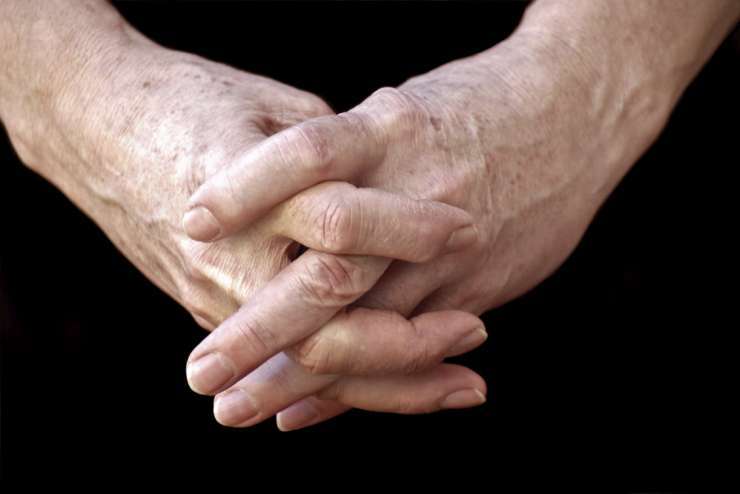As the dog days of summer progress, so does the mercury on the thermometer and heat-related illness. Outdoor workers are especially vulnerable as their job is quite physical. Each year people die from working in the heat and humidity. Employers are responsible for providing their employees with protection from safety hazards which includes protection from extreme heat. If your job requires work in the extreme heat your employer should have a heat illness prevention program.
Heat illness prevention includes being able to spot the signs, the ability to manage an emergency if it arises, and providing plenty of water, rest, and shade. There are four types of heat illness:
-
Heat rash is a skin irritation caused by perspiration that does not evaporate. It looks like clusters of red bumps on the upper chest, neck, and folds of skin. To treat, dry the area and get in a less humid environment.
-
Heat cramps are a serious medical condition that do not require medical treatment unless they persist. They commonly occur in the abdomen. If they occur, get to shade, get plenty of water, and rest.
-
Heat exhaustion is a serious medical condition and should be the end of an employee’s workday. Symptoms include profuse sweating with cool skin, quick heartbeat, headache, vomiting, and dizziness.
-
Heat stroke is the most severe form of heat illness. The employee may be confused and may even have a seizure as well as hot, dry skin (their body’s natural cooling mechanisms have failed). Their body is unable to tolerate the heat any longer. Call 911 immediately.
As in any Connecticut worker’s compensation injury, make sure you are following proper reporting protocol: report the incident to your supervisor/manager first and make sure you get medical attention immediately. Industries with the highest chances of heat illness are construction, transportation, farming, utilities, landscaping, and maintenance.
Heat-related illness can be dangerous and even fatal. Stay safe outdoors and make sure you are drinking plenty of water.




